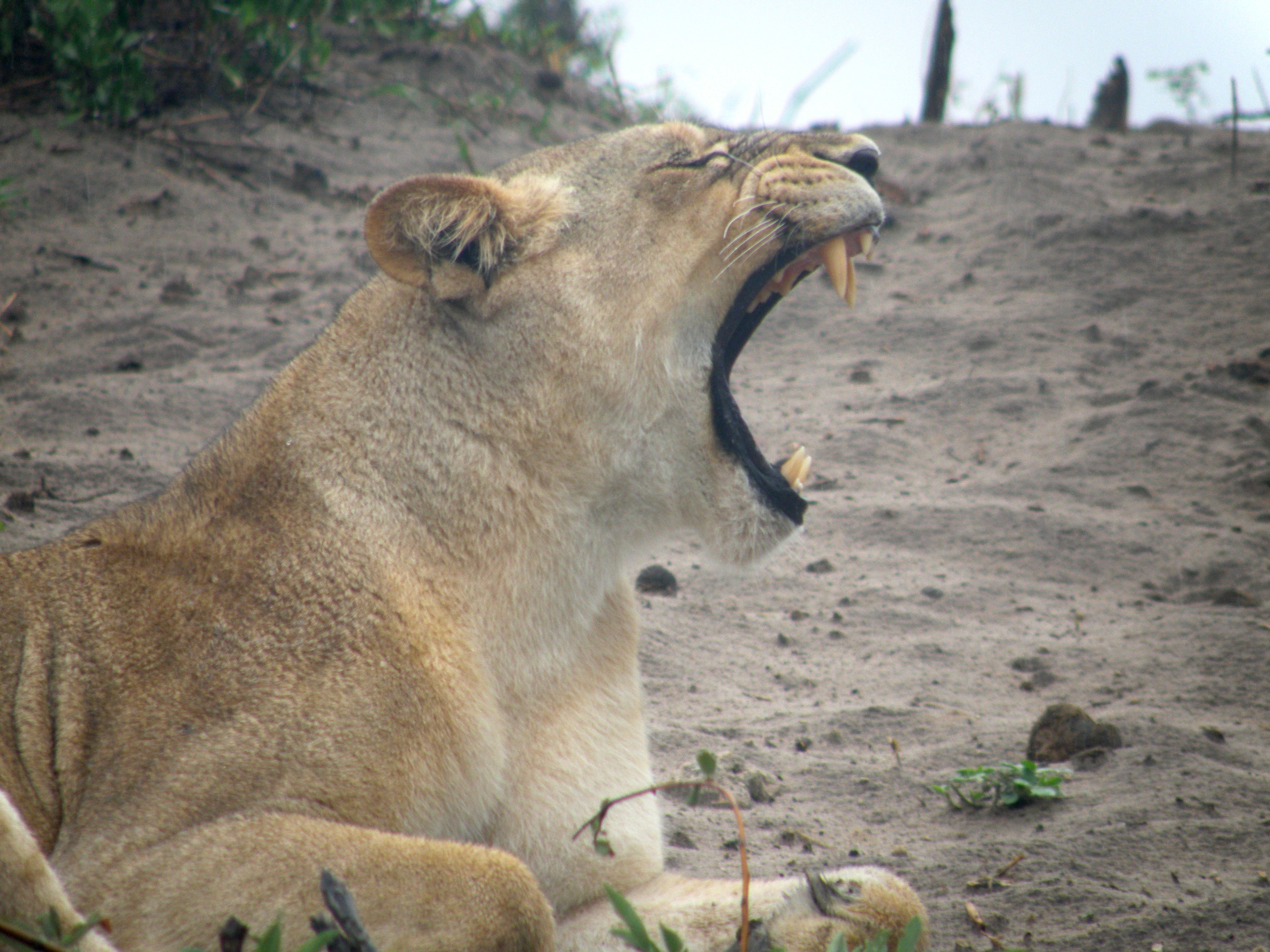
Update from the field – Gus Pitfield
May 23, 2015
Wrapping up farmers and fields – By James Stevens
June 15, 2015The economics of human- elephant conflict mitigation – by Amy Chamberlain
I am a master’s student at the University of Bristol and the newest member of the Elephants for Africa team. I arrived at our camp
along the beautiful Boteti River in the Makgadikgadi Pans National Park in January and have since settled into life living and working in the bush. Although, it’s not too difficult to adjust, when your office is a hammock overlooking elephants drinking at the river! Alongside working on my own project, I have been enjoying joining EfA research sessions in the park, learning to age elephants and collect data for EfA’s male elephant research, as well as viewing and photographing the huge variety of wildlife inhabiting the national park.
My research is related to human elephant conflict in the communities bordering the Makgadikgadi Pans national park, assessing the damage caused to farmers’ fields by crop raiding elephants. Since the Boteti River began flowing again 2009, the male elephant population in this area has increased dramatically, as populations have expanded once again into historic rangelands. As a result, incidences of human elephant conflict in the communities neighbouring the national park have also increased, posing a risk to human lives and livelihoods, while also threatening elephant conservation in this region. Human elephant conflict is prevalent across African elephant range states and stands as one of the biggest threats to the conservation of this iconic species. Consequently, a number of crop raiding management strategies have been developed, to protect both the farmer and the elephant, and have been implemented in communities adjacent to protected areas across Africa.
In Botswana, the two primary elephant deterrents which have been employed by farmers are
chilli pepper fences, which act as a potent irritant to elephant’s highly sensitive trunks, and bee hive fences, which release swarms of stinging bees from swinging hives, when an elephant disturbs the fence. Both of these strategies have proved extremely successful elsewhere in Africa and it is hoped that they can be just as effective here. The main aim of my research is to produce a cost benefit analysis of a selection of these proposed crop raiding management strategies, including chilli pepper fences and bee hive fences, to determine which deterrent is the most economically viable on a farm-specific basis. The premise being, if a farmer can afford to implement and maintain a strategy, then it is more likely to be successful in the long term. It is hoped that a farmer who feels empowered to protect their field and their livelihood will no longer view elephants as a threat and will be supportive of the protection of this species.
Over the past few months, as the farmer’s crops matured and become a very tempting option for an elephant’s supper, crop raiding incidences increased in the local communities. I was kept busy attending these incidents and assessing the damage caused by elephants, such that an economic value can be placed on these losses. These values will then be used to calculate which is the most appropriate elephant deterrent for each farmer enrolled on the program and other farmers in years to come.
